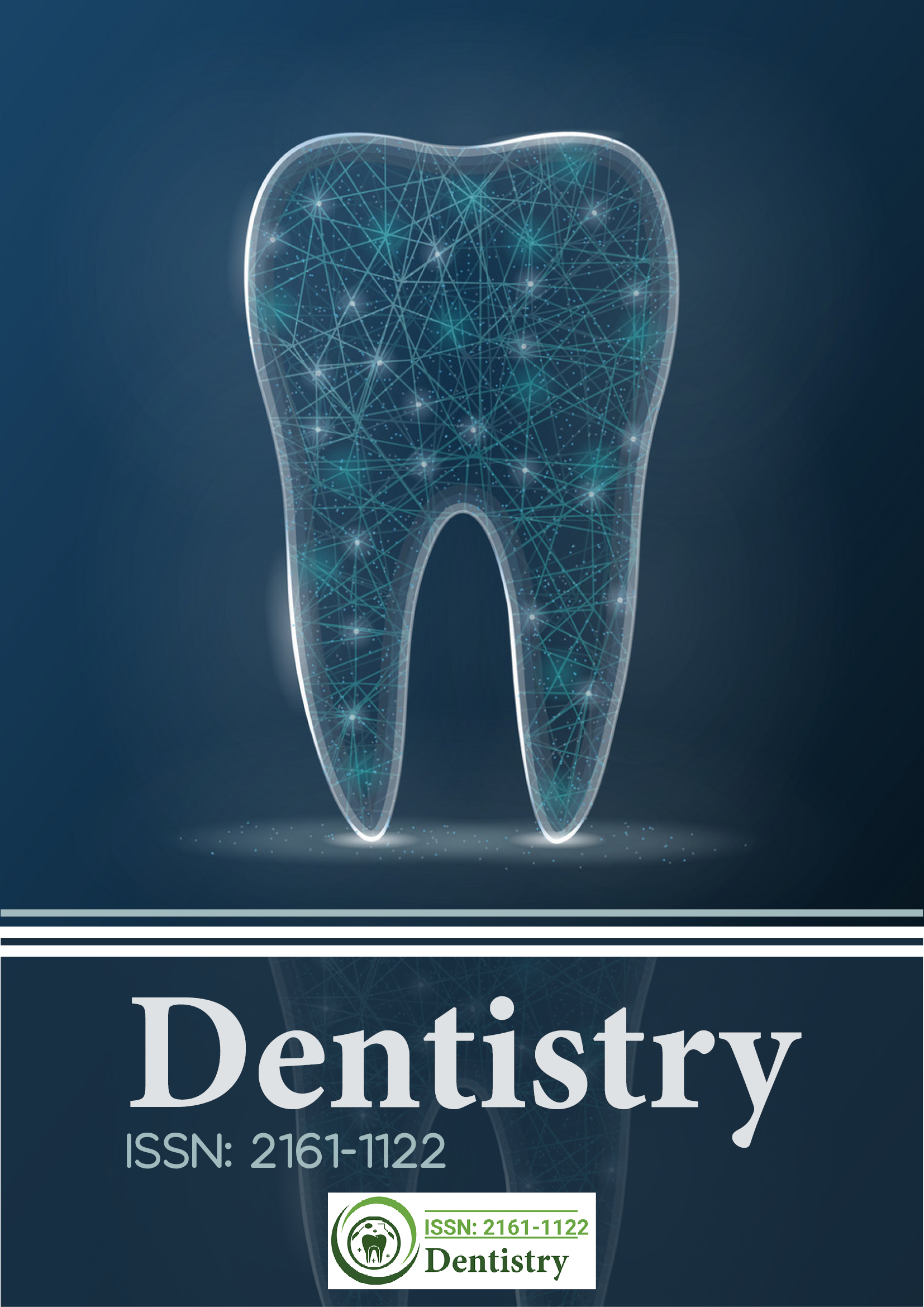Indexado em
- Genamics JournalSeek
- JournalTOCs
- CiteFactor
- Diretório de Periódicos de Ulrich
- RefSeek
- Universidade de Hamdard
- EBSCO AZ
- Diretório de Indexação de Resumos para Periódicos
- OCLC- WorldCat
- publons
- Fundação de Genebra para Educação e Pesquisa Médica
- Euro Pub
- Google Scholar
Links Úteis
Compartilhe esta página
Folheto de jornal

Periódicos de Acesso Aberto
- Agro e Aquicultura
- Alimentos e Nutrição
- Bioinformática e Biologia de Sistemas
- Bioquímica
- Ciência de materiais
- Ciencias ambientais
- Ciências Clínicas
- Ciências Farmacêuticas
- Ciências gerais
- Ciências Médicas
- Cuidados de enfermagem e saúde
- Engenharia
- Genética e Biologia Molecular
- Gestão de negócios
- Imunologia e Microbiologia
- Neurociência e Psicologia
- Química
Abstrato
Parâmetros esqueléticos, dentoalveolares e de tecidos moles em indivíduos com deslocamento maxilar canino palatino
Wazwaz F,Al Maaitah EF,Abu Alhaija ES *,Borgan BE
Histórico: Estudos relatados sobre a relação esquelética em indivíduos com caninos deslocados palatinamente foram mínimos.
Objetivo: Determinar parâmetros esqueléticos, dentoalveolares e de tecido mole em indivíduos com caninos deslocados palatinamente e compará-los com indivíduos com caninos em erupção normal.
Material e métodos: Um total de 120 cefalogramas laterais para indivíduos com caninos deslocados palatinamente foram coletados (70 mulheres, 50 homens; idade 17,173,09 anos). Uma amostra de controle sem deslocamento canino correspondente ao grupo de estudo foi incluída. Os cefalogramas laterais foram traçados e as medidas foram calculadas.
Resultados: A maioria dos indivíduos com caninos deslocados palatinamente (62%) tinha relações esqueléticas de Classe I e (33%) de Classe II divisão 2 incisivos. Os indivíduos com caninos deslocados palatinamente apresentaram comprimentos de corpo maxilar e mandibular menores, ângulos Mx-Mn e SN-Mn menores, AFH reduzido, ângulo interincisal aumentado, alturas dentoalveolares anteriores e posteriores mandibulares menores e lábios superiores e inferiores retrusivos em comparação com os controles.
Conclusões: Os caninos deslocados palatinamente ocorreram principalmente em relações esqueléticas de Classe I e incisivos de Classe II divisão 2 com dimensões verticais reduzidas, maxila e corpo mandibular curtos, alturas dentoalveolares pequenas e lábios superiores e inferiores retruídos.